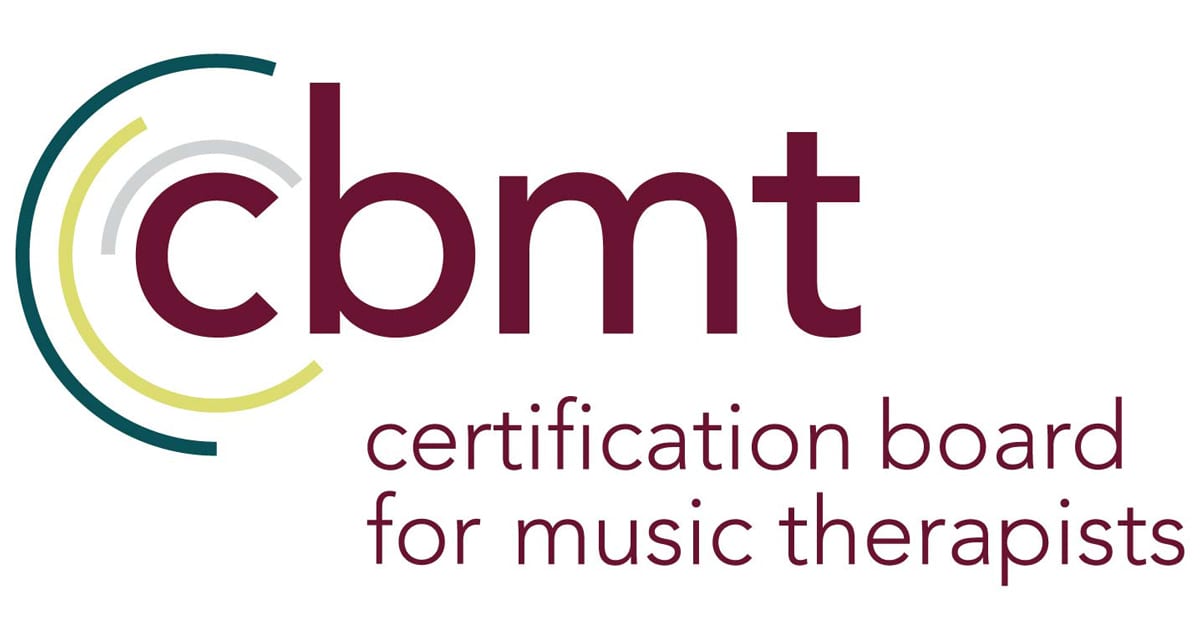Mastering the CBMT Exam: Key Insights and Strategies for Success
For those who may not know, the Certification Board for Music Therapists (CBMT) is responsible for setting the standards and administering the certification exam for music therapists in the United States. The certification exam is designed to evaluate the knowledge, skills, and abilities of music therapists and ensure that they meet the highest standards of practice. In this post, I will share what it was like to take the CBMT certification exam and provide some tips for those who are preparing to take the exam.
 The CBMT certification exam is a comprehensive exam that covers a wide range of topics related to music therapy. The online exam consists of 150 multiple-choice questions that are designed to evaluate the candidate's knowledge of music therapy theory, practice, and ethics. 20 of these questions do not count against you, as they are pretest questions that may be used in future exams. You will not know which questions are pretest questions, so answer all questions to the best of your ability. Our owner and Executive Director, Tara McConnell, MT-BC, was a CBMT Examination Chair for four years in the early 2000’s, where she helped to create and test these ever-changing exam questions, ensuring that they are an accurate measure for test takers’ skills and knowledge. A passing score is 95 out of 130 questions. The exam is timed, and you will have 3 hours to complete it.
The CBMT certification exam is a comprehensive exam that covers a wide range of topics related to music therapy. The online exam consists of 150 multiple-choice questions that are designed to evaluate the candidate's knowledge of music therapy theory, practice, and ethics. 20 of these questions do not count against you, as they are pretest questions that may be used in future exams. You will not know which questions are pretest questions, so answer all questions to the best of your ability. Our owner and Executive Director, Tara McConnell, MT-BC, was a CBMT Examination Chair for four years in the early 2000’s, where she helped to create and test these ever-changing exam questions, ensuring that they are an accurate measure for test takers’ skills and knowledge. A passing score is 95 out of 130 questions. The exam is timed, and you will have 3 hours to complete it.
Preparing for the CBMT certification exam can be a challenging and time-consuming process. I encourage you to review the CBMT exam content outline, which outlines the areas of knowledge that will be covered on the exam. You may also want to review textbooks, research articles, and other resources related to various avenues of music therapy. Many candidates choose to attend review courses or study groups to help them prepare for the exam. Personally, I did the majority of my studying on Quizlet, as other students and music therapists have posted a wide variety of helpful practice questions that mimic those on the paid practice tests. I did also pay for one of the official practice tests available online on the same site you use to schedule your exam. The primary benefits of purchasing this practice test include the following:
- The program used to take the practice test is identical to that of the real test. The screen, buttons, font, and style of the practice test and real test are the same, which helps you to acquaint yourself with the format.
- It helps to see the types of questions you will be asked, such as the way scenario questions are worded and phrased. However, the practice questions posted to Quizlet will help with this as well.
- It shows you the types of diagrams you may be shown regarding music theory questions. This may help you process these questions faster on test day, as you won’t have to decipher the visuals quite as much.
On the day of the exam, you will want to arrive at the testing center at least 30 minutes before the scheduled start time. When I arrived, there was a very long line to enter the testing center, as it is more than just music therapists taking tests for their designated fields. When you enter, you will need to present a government-issued ID and sign in before being escorted to a testing station.  You will also need to empty your pockets and place any belongings, including your jacket, into a locker, so try not to bring anything unnecessary. I witnessed many testers grow upset when they were asked to remove their jacket, so dress accordingly!
You will also need to empty your pockets and place any belongings, including your jacket, into a locker, so try not to bring anything unnecessary. I witnessed many testers grow upset when they were asked to remove their jacket, so dress accordingly!
Taking the CBMT certification exam can be a stressful experience, but there are some tips that can help manage your anxiety and perform your best on the exam. First, you should make sure to get plenty of rest the night before the exam and eat a healthy breakfast on the day of the exam. You should also bring a water bottle and perhaps a snack to help you stay focused and energized during the exam. Water and snacks were required to be kept outside of the testing room, but we were permitted to get up and leave the room for short periods of time. For my specific testing center, we were permitted to leave the room a maximum of 3 times, five minutes each time. But be careful! If we were gone for more than five minutes, they had the option to end our test without letting us finish. This may be a good reason to locate the nearest bathroom before starting your test, so you don’t need to waste time looking for it when you need it.
As you test, read each question carefully and take your time to answer each question thoroughly. You should avoid rushing through the exam and guessing on questions you are unsure about. Be aware of the time and pace yourself to ensure that you have enough time to answer all of the questions. You can flag questions as you go and come back to them later, so one strategy is to flag any that you are unsure of and, once you’ve finished all other questions, use your remaining time to work through the flagged questions. This is what I did, and I feel it was a successful approach. Personally, I will suggest saving at least one of your permitted breaks for when you are nearly finished, as I suddenly began to feel dizzy after looking at the computer screen intensely for so long and desperately needed a breather before finishing my flagged questions. When answering questions you are unsure of, remember to trust your instincts. The test is designed to feel as though it may have several correct answers, and you are meant to choose the best possible answer. Based on Tara McConnell’s description of the question-writing process, the writers want all or most answer choices to seem plausible, so that the test taker must weigh each possibility thoughtfully. Some scenario-based answers may be satisfactory conclusions in a real-world application of the question, though there may still be a “better” option presented. The vast majority of CBMT support materials and resources will tell you to trust your gut with these types of questions, because your training has prepared you for this moment, and the likelihood of your instinctual answer being the correct one is high. As long as you read the questions carefully, and take the material at face value, your instincts will guide you. Tara also suggested to me before I took my exam to make sure you do not impose your own clinical experiences or expectations onto the questions. With scenario-based questions, try not to think “I had a similar client to this and this is how I best approached their situation.” This mentality may lead you astray, as it may cause you to impose additional assumptions about the given situation that were not explicitly included in the wording of the question. I actively kept this in mind during my exam, and I do believe it helped me to avoid unnecessarily imposing my own experiences onto the testing material.
When you finish your exam, the proctor will take your scratch paper and print your results. This moment is very exciting and anxious, as you’ve worked very hard to get this piece of paper. When I saw the word, “passed” I felt all of the weight leave my shoulders and let out a big sigh of relief. You did it! But if you don’t pass your first time, that’s okay too! After a brief period of time, you will be able to schedule your next attempt, and you’ll have a better idea of what to expect as you try again. The first-time pass rate is about 70% so the odds are that your schooling, practicum experience, and internship have prepared you for this moment, and that you will pass.
In conclusion, taking the CBMT certification exam for music therapists can be a challenging and stressful experience, but with proper preparation and some helpful tips, candidates can perform their best on the exam. The exam is designed to evaluate the knowledge, skills, and abilities of music therapists and ensure that they meet the highest standards of practice. By taking the time to prepare and approach the exam with a focused and calm mindset, you can increase your chances of success and achieve your certification as a music therapist. Good Luck!
Written by Emily Fjelstrom, MT-BC


